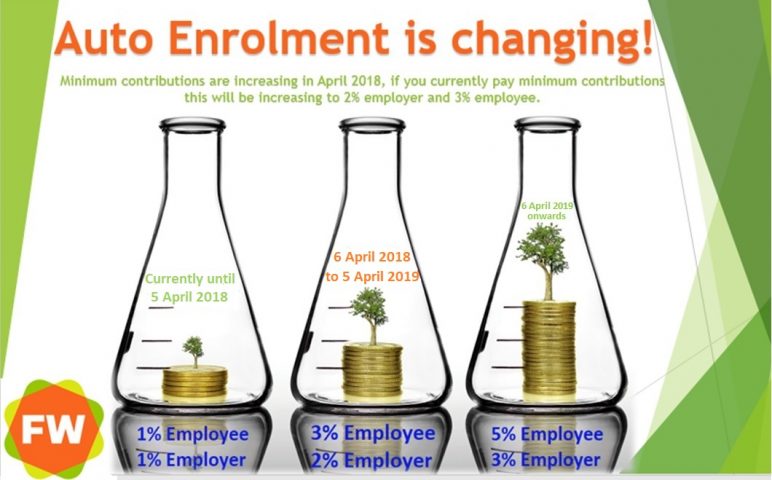The new Chancellor of the Exchequer, Rachel Reeves, has delivered the Labour government’s first budget since being elected earlier this year. Unveiling her plans, the Chancellor spoke of the need to “restore stability” to the economy and “deliver change” with an “economy that is growing”.
We have picked out some of the key announcements that may be of interest.
Continue Reading

